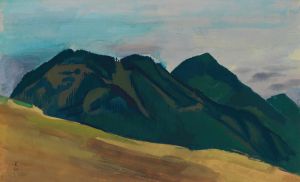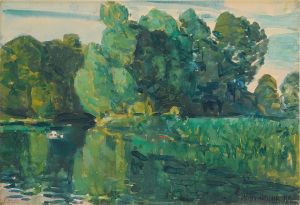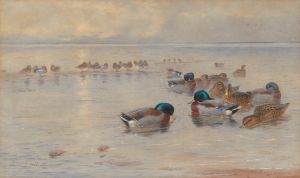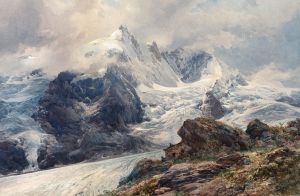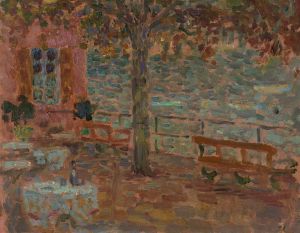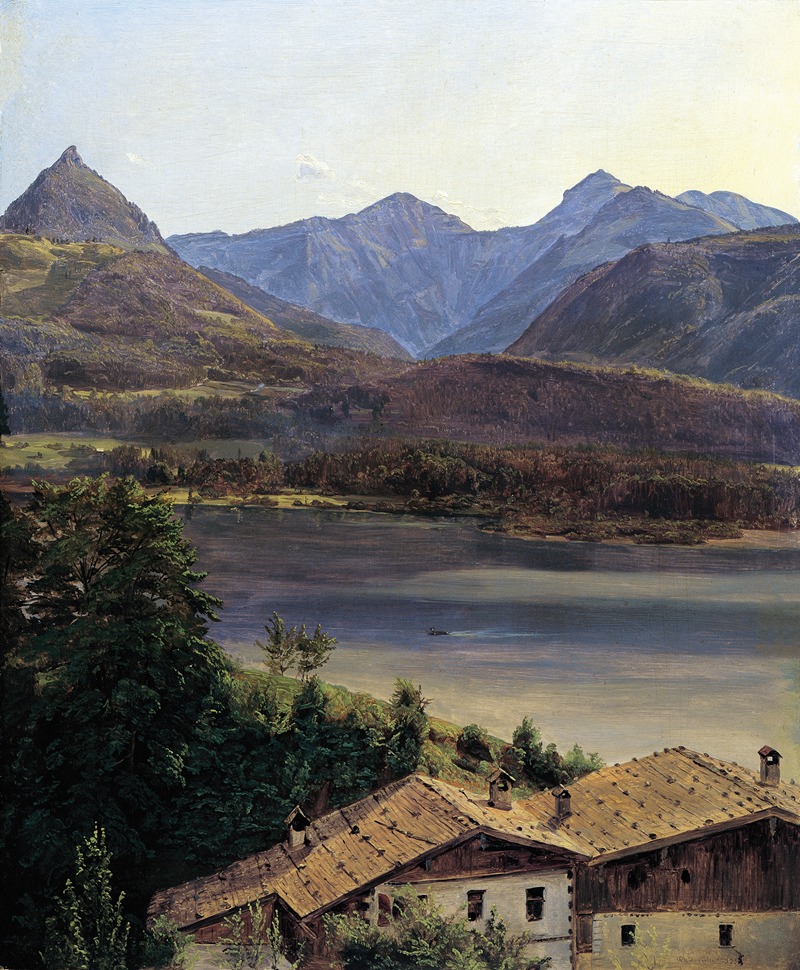
Der Wolfgangsee
A hand-painted replica of Ferdinand Georg Waldmüller’s masterpiece Der Wolfgangsee, meticulously crafted by professional artists to capture the true essence of the original. Each piece is created with museum-quality canvas and rare mineral pigments, carefully painted by experienced artists with delicate brushstrokes and rich, layered colors to perfectly recreate the texture of the original artwork. Unlike machine-printed reproductions, this hand-painted version brings the painting to life, infused with the artist’s emotions and skill in every stroke. Whether for personal collection or home decoration, it instantly elevates the artistic atmosphere of any space.
Ferdinand Georg Waldmüller (1793–1865) was an Austrian painter and one of the most prominent figures of the Biedermeier period. Known for his detailed and naturalistic depictions of landscapes, portraits, and genre scenes, Waldmüller’s works often reflect his keen observation of nature and his ability to capture light and atmosphere. Among his many celebrated works is the painting Der Wolfgangsee (The Wolfgangsee), which showcases his mastery of landscape art.
Der Wolfgangsee depicts the Wolfgangsee, a picturesque lake located in the Salzkammergut region of Austria. This area, known for its stunning natural beauty, was a popular destination for travelers and artists during the 19th century. Waldmüller’s painting captures the serene and idyllic quality of the lake, framed by the surrounding mountains and lush vegetation. His attention to detail and use of light create a sense of depth and realism, drawing the viewer into the tranquil scene.
The painting exemplifies Waldmüller’s approach to landscape art, which was characterized by his commitment to portraying nature with precision and authenticity. He often painted en plein air, directly observing his surroundings to ensure accuracy in his work. This method allowed him to capture the subtle variations in light and color that define his landscapes. In Der Wolfgangsee, these qualities are evident in the way he renders the reflections on the water and the interplay of light and shadow on the mountains and trees.
Waldmüller’s landscapes were not merely aesthetic representations of nature but also carried a sense of harmony and order, reflecting the Biedermeier era’s values of simplicity and domesticity. His works often evoke a sense of peace and stability, qualities that resonated with his contemporaries during a time of political and social change in Europe.
The exact date of Der Wolfgangsee is not definitively documented, but it is consistent with Waldmüller’s mature period, during which he produced many of his most acclaimed landscapes. The painting is an example of his ability to combine technical skill with an emotional connection to the natural world, making it a significant piece within his oeuvre.
Today, Waldmüller’s works, including Der Wolfgangsee, are celebrated for their contribution to 19th-century European art. His paintings are held in various museums and private collections, where they continue to be admired for their beauty and craftsmanship.





